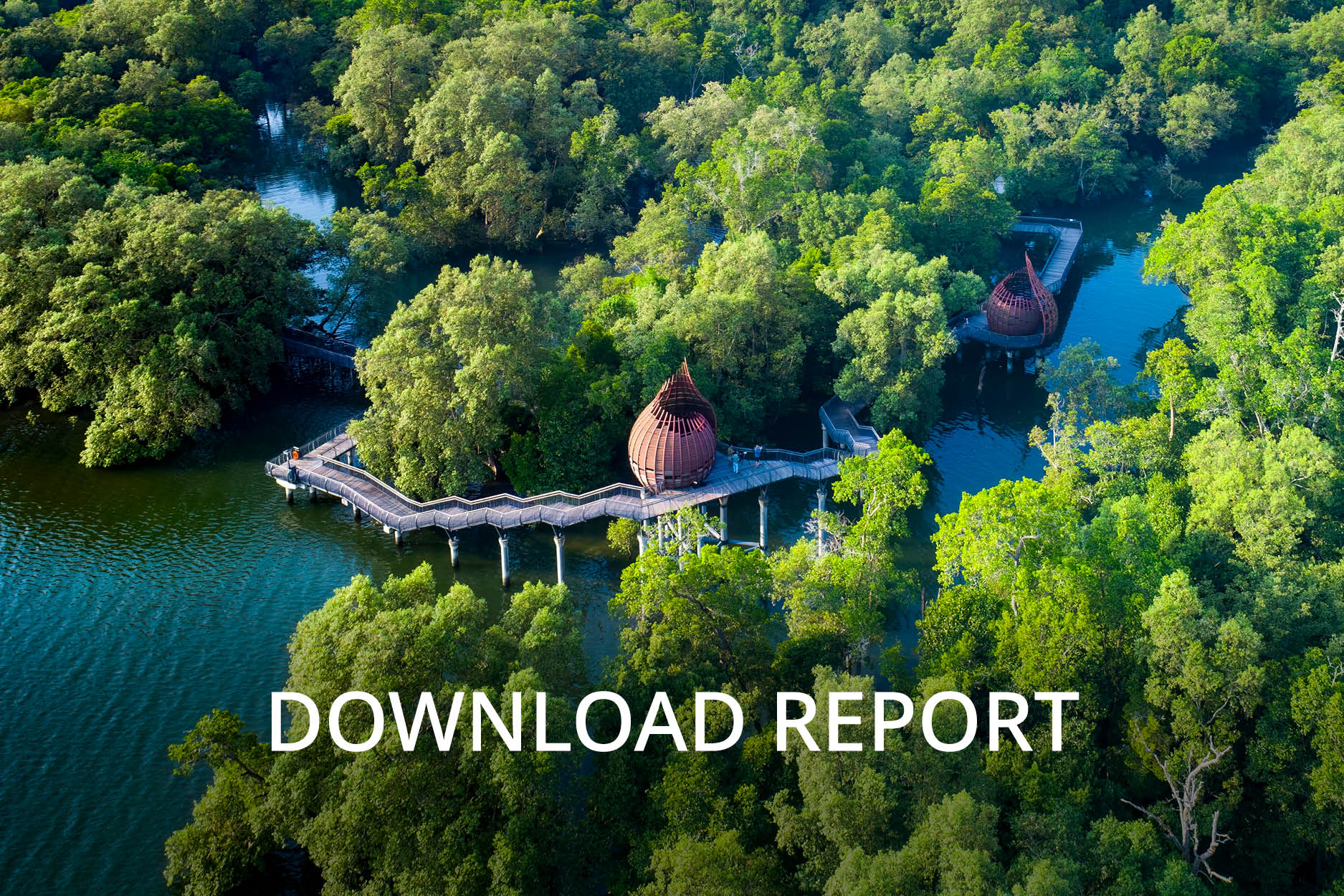Alibaba's 3 Tips to Build Better Start-ups in Southeast Asia
Executive vice chairman of Alibaba Group, Joseph Tsai, shares three important lessons from the Chinese e-commerce giant’s success that Southeast Asian startups can pick up — and just as importantly — avoid
There is an amazing sense of optimism around the vast potential of the SEA region’s e-commerce scene. It is a market that is projected to grow to the tune of US$88 billion by 2025. One person who is uniquely positioned to comment on what this growth means for SEA and the region’s startup scene is executive vice chairman of Alibaba, Joseph Tsai.
Speaking last month at the inaugural e-conomy Southeast Asia conference, jointly hosted by Temasek and Google, Tsai shared several key lessons that startups in the region can learn from the Alibaba story:
1. Act Local
Tsai cautions startups against using Alibaba as a template for their own success. Alibaba’s initial business models were contextualised for China, and cannot necessarily be applied to SEA. While SEA’s internet economy growth may mirror China’s in some aspects, “the Southeast Asian experience” is distinct and unique. “What’s different in Southeast Asia is that a lot is divided by language, culture and water,” he says.
Overcoming the bodies of water that separate SEA markets is a key challenge for startups in this region. Companies figuring out cross-border commerce need to invest in a robust logistics system to fulfill package deliveries, particularly in archipelagic countries like Indonesia, advises Tsai.
Singapore-based e-commerce group Lazada is a good example. Its budding logistics network aids Alibaba’s expansion into Southeast Asia — a strategic reason for the group’s estimated US$1 billion investment in Lazada.
SEA’s high mobile engagement rate is another key differentiator. Startups should tap into this when exploring consumer outreach activities. Tsai says that, while SEA is a fragmented market when compared to China’s unified market of 1.3 billion consumers, it is unified by region-wide active mobile usage. “If you look at the Southeast Asian internet user, they are already on mobile. When I look at Southeast Asia, I think it’s a mobile-first market,” says Tsai.
2. Think Global
There’s a scene in the documentary, Crocodile in the Yangtze, which charted Jack Ma’s journey to build Alibaba, that shows the company’s first ever staff meeting in 1999. The camera pans over 17 people squeezed into an apartment in Hangzhou, China — all captivated by their charismatic leader. In the grainy archival footage, Ma’s international ambitions for the company are clear.
“I’ve always said our competitors are not domestic websites, but overseas websites. Our competitors are not in China, but in America’s Silicon Valley. So first, we should position Alibaba as a global website, not just a domestic website.”
In an echo of Ma’s early vision, Tsai advises business owners who have future ambitions to scale up to lay the foundations from the outset. “If you want to have a pan-Southeast Asia play, you need to be a global company. You need to be international. You need to think about how cross-border operations work. You need to have matrix operations from day one.”
3. Build Your People
Expanding and scaling to succeed in the fragmented markets of SEA takes the right talent, says Tsai. For him, it was encountering Ma — and witnessing the passion he inspired — that convinced him to sign up.
“I joined Alibaba because I saw a team of passionate people with fire in their eyes,” he says. “Jack was really visionary, but what I saw was several very young people — university graduates — who believed in the mission. I thought, ‘Wow, wouldn’t it be great to work with this group of people?’”
While Tsai acknowledges the difficulty of hiring the right people in the current context, he proposes that the problem may not be a shortage of talent but a lack of experience in managing scale and scaling businesses. As such, the way forward lies within the company.
“The core of your plan should be to develop from within and sprinkle with an occasional hire from a multinational outside,” says Tsai.
“If you can find management teams that can take the business and figure out the complexities of operating in different regulatory regimes, languages and cultures, that’s the management team you want to bet on.”
